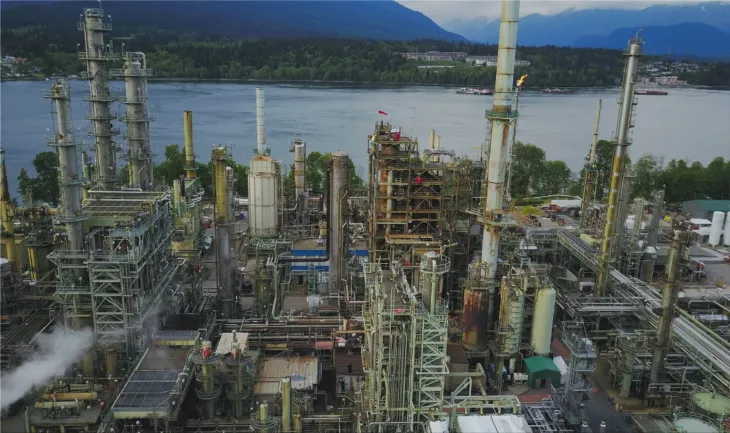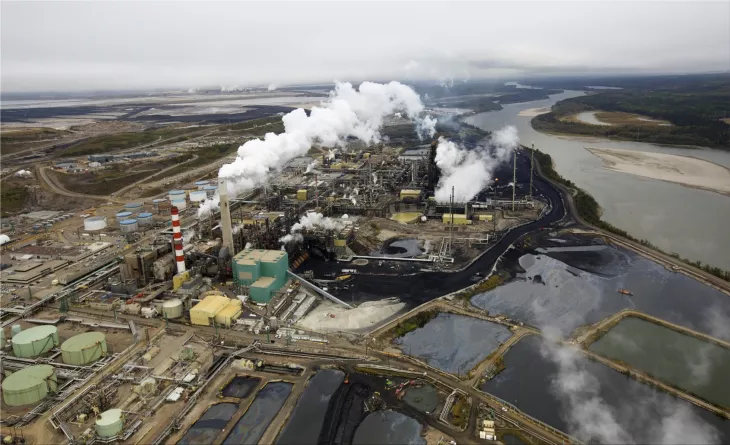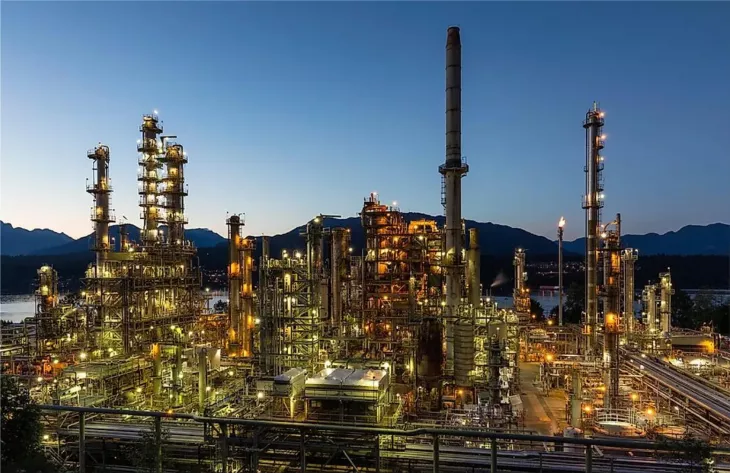Alberta's environment ministry told Reuters that the province would toughen its greenhouse gas emissions regulations for oil sands mining, eliminating a loophole that rewarded some of Canada's highest-emitting enterprises with millions of dollars worth of tradeable credits.
The government said that Alberta is upgrading industry norms that establish obligations for mines and upgrades to reduce emissions per output unit. Canada's oil sands generate some of the most carbon-intensive crude oil on the planet.
According to the ministry, the country's largest oil-producing province has already increased the rigor of facility-based benchmarks, a second method through which the government establishes emissions guidelines for industrial facilities. The administration was verifying a Reuters story from earlier in the day.
Canadian Natural Resources, Suncor Energy's, and Imperial Oil's oil sand mining and upgrading facilities, among others, generate significant emissions as a result of the energy necessary to extract oil from Alberta's sand and clay deposits.
Nonetheless, miners and upgraders created 2.4 million emissions performance credits in 2020. But, according to official government numbers, they were obliged to pay $700,000 during the first year of Premier Jason Kenney's new emissions regulation regime.
This equates to a net number of 1.7 million credits, or around C$54.4 million ($42.67 million) in value to those oil corporations, based on the credit, the trading value of approximately C$32. Credits trade at around 80% of the federal carbon price, which was C$40 per tonne in 2021, the year in which emitters may utilize 2020 credits to comply.
According to two people familiar with the revisions, Alberta's emissions system, dubbed TIER (Technology Innovation and Emissions Reduction Regulation), was not designed to grant credits to oil sands mines. Alberta's regulations mean that miners and upgraders will no longer profit financially from their emissions when they report their 2021 performance later this year, sources said. However, they had not been permitted to speak publicly.
In 2020, Kenney's government will revamp the previous administration's emissions-reduction scheme, allowing more flexibility for significant polluters such as oil sands operations. Large emitters might opt to compare their emissions intensity, or carbon per barrel, to the performance of a previous facility or to an industry standard.
"This is fundamentally the issue: a facility can demonstrate continuous improvement and earn credits while remaining a high emitter and a relatively poor performer in terms of emissions compared to its peers," said Dave Sawyer, an environmental economist. He advised a previous Alberta government on emissions management.
While overall emissions from the oil sands continue to climb as production increases, emissions per barrel continue to decline as operators implement new technologies.
"While the present loophole is absurd, the solution still fails to address the core issue: Alberta's absolute emissions must be reduced, not its relative emissions," said Emile Boisseau-Bouvier, a climate policy analyst at environmental organization Equiterre.
The Canadian Association of Petroleum Producers (CAPP) representative said the group had not seen the details of the amendments. Alberta's planned adjustments respond to an increased federal push to tighten standards.
Provinces can create their system of carbon pollution charges, such as Alberta's TIER, or they can accept the federal system. Regions that operate their system must have Ottawa certify that they meet minimum national stringency criteria.
Ottawa has declared TIER similar but is tightening national standards beginning in 2023 and anticipates provinces to make adjustments to their systems soon to confirm, according to a representative for Canadian Environment Minister Steven Guilbeault.
Collectively, unlike mines, oil sands in situ sites purchased more credits than they generated in 2020. This is because they have made less progress than mines in decreasing emissions intensity, one of the sources stated.






















